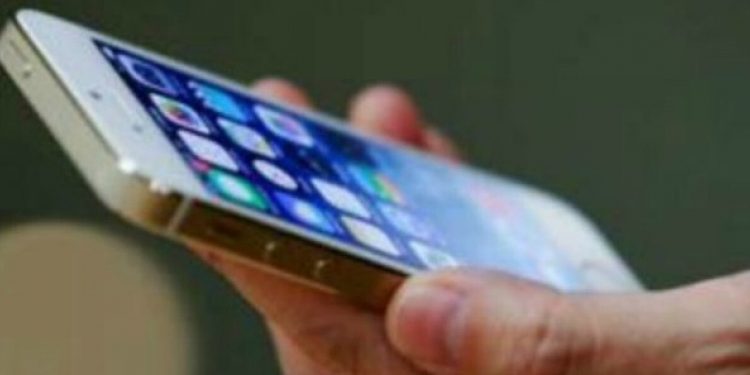There is a new buzzword in fashion retail and it is going to change the way we shop. Although the word ‘phygital’ has been around for a few seasons, it captures the zeitgeist of the pandemic more aptly now than ever before.
Phygital is all about marrying the convenience and distancing of digital platforms with the tactile environment of physical spaces.
The start of any union requires some adjustments, experimentation and a little friction before it becomes a solid alliance where both parties know how to balance their roles. As fashion brands play around with new concepts to understand how to make the marriage a success, it’s the consumer who can be left feeling confused.
According to a report by India’s RedSeer Consulting in 2019, the fashion market was growing at a compound annual growth rate (CAGR) of 11 per cent, with online fashion growing at a CAGR of 32 per cent. But phygital is not simply about brick and mortar based brands going the e-commerce route, it’s about something far more immersive.
Digital and physical can no longer be two separate verticals-they need to work in tandem. Good Earth opened its first space in Mumbai’s upmarket and mostly residential Kemps Cornerback in the mid-1990s. It was the perfect example of a lifestyle retail space where the buyer wanted to linger- so much so that many industry-related soirees were held here at the store.
During the lockdown they have taken this experience-driven philosophy by hosting phygital events on their digital platforms, most recently a dance performance by Shivani Varma. In the premium space, Good Earth, was also one of the first to go digital, launching its web boutique in 2013 and currently working on upgrading its digital e-tail services.
On the other end of the market, Myntra, India’s largest fashion e-commerce retailer, spokesperson says, “At Myntra, Phygital is a key pillar of how the world of online and offline fashion merges into a seamless concept. We are looking at delivering a seamless experience that allows customers to browse and shop online, and have it delivered quickly from the nearest store through omnichannel integration.”
So what does this mean for the consumer? Well, it certainly does not mean the end of physical stores-brands may have fewer stores, but those that do have them will be focusing on the experience-which should make shopping more pleasurable, and one can expect technology to play a bigger role in the physical store spaces.
As Good Earth’s founder Anita Lal believes, “I don’t think brick and mortar will ever phase-out in the future since I feel providing a personalized experience will be even more valued by customers now.”
Raw Mango’s Sanjay Garg agrees, the textile based label known for wearing its love of homegrown crafts on its sleeve is also admired for its beautiful and spacious retail spaces which could be described as design galleries. Raw Mango launched its online studio just this week and Garg states, “Physical retail remains important to us, our stores have always included a larger mandate, not solely focused on retail. At Raw Mango we have used our digital platforms to employ new methods of visual storytelling to share a broader perspective.”
At this moment phygital actually makes shopping in a store a safer and more contactless experience. There is even talk of AR/VR (augmented reality/virtual reality) powered trial rooms. This pause in many ways has given fashion a chance to press the reset button; with the lockdown fashion had no choice but to go digital.
The pandemic sped up the process of disruption, and even as we come out of home-sheltering, there will be a new normal in how we shop for fashion.
(IANSlife)







































